When Health Minister Patty Hajdu was asked by a reporter during a press conference if the number of COVID-19 cases and deaths coming out of China can be trusted, she replied that Ottawa has no reason to believe China’s numbers are falsified.
The question was raised on April 2 in light of a Bloomberg report saying U.S. intelligence officials have advised the White House that Beijing covered up the extent of the CCP virus outbreak in China.
Hajdu said that Ottawa relies on the World Health Organization (WHO) for coordinating the collection of data from other countries. When the reporter asked whether WHO’s numbers can be trusted if China’s can’t, Hajdu accused the reporter of fuelling conspiracy theories.
Hajdu’s response comes at a time when an increasing number of news reports show that the Chinese regime hasn’t been forthright about the outbreak, costing the world precious time in combating the spread of the virus early on, and commentaries criticizing WHO for its praise of Beijing and repeating positions favourable to the regime.
British media recently reported that Prime Minister Boris Johnson has been advised by scientists that the number of cases of infection may have been downplayed by a factor of 15 to 40 times.
And U.S. Secretary of State Mike Pompeo has said that Beijing wasted “valuable days at the front end” of the outbreak, noting that a similar situation could unfold again “if we don’t get to the bottom of this.”
Despite being next door to China and having a notably higher population density than Canada, Taiwan has had significantly fewer cases compared to Canada.
The actions Taiwan took to control the spread of the virus include stopping all travel from China in the early days of the outbreak, enforcing a mandatory two-week quarantine for all those who recently entered Taiwan, and using big-data analysis to track potential carriers of the virus. Authorities also banned the export of face masks and took early action to ensure a steady supply of personal protective equipment.
Canada refused to impose any travel restrictions on China—which drew praise from Beijing—and until recently there were no restrictions at the Canadian border. Canadian authorities also shipped 16 tonnes of personal protective equipment to China in early February, while health professionals are now reporting a shortage of protective equipment.
Asked why Canada wasn’t imposing restrictions on travel from China, Ottawa cited advice from Canadian health officials and WHO.
Canada’s Chief Public Health Officer Dr. Theresa Tam, who has served as an adviser for WHO, also cited the organization’s advice as justification for not imposing travel restrictions on China, saying: “Having measures that very negatively affect a certain country that’s trying very hard to do its best can impede whether this country in the future will ever share anything transparently with others. China posted the virus genome very quickly. What are they getting out of it? I think the idea is to support China.”
“The reality is that the pandemic has become serious all over the world,” Wu said.
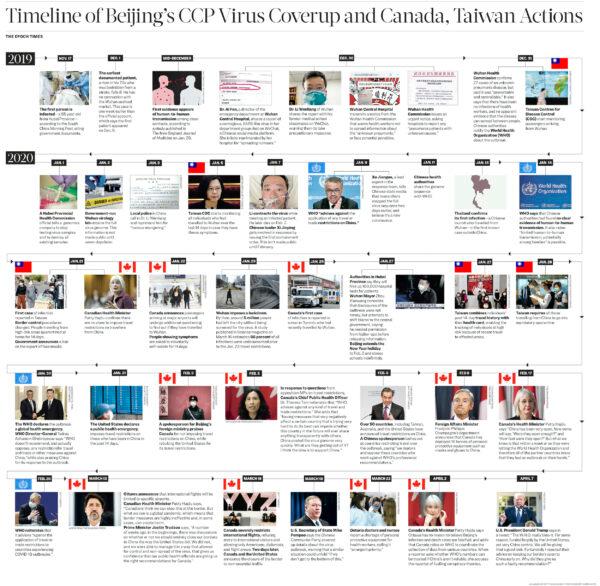
Read the Text Version
2019
Nov. 17:- The first person is infected—a 55-year-old from Hubei Province—according to the South China Morning Post, citing government documents.
- The earliest documented patient, a man in his 70s who was bedridden from a stroke, falls ill. He has no connection with the Wuhan seafood market. This case is one week earlier than the official account, which says the first patient appeared on Dec. 8.
- First evidence appears of human-to-human transmission among close contacts, according to a Jan. 29 study.
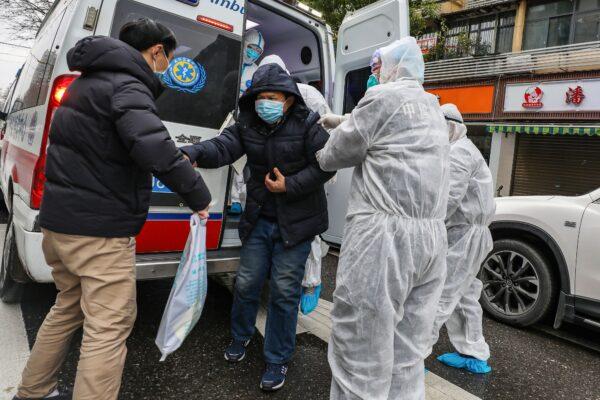
- A Chinese lab sequences most of the virus genome from samples from a 65-year-old patient, and reports the findings to Wuhan health officials and state-affiliated Chinese Academy of Medical Sciences.
- Dr. Li Wenliang of Wuhan shares the report with his former medical school classmates on WeChat, warning them to take precautionary measures.
- Later that day, Wuhan Central Hospital transmits a notice from the Wuhan Health Commission that warns health workers not to spread information about the “unknown pneumonia,” or face potential penalties.
- Wuhan Health Commission issues an urgent notice, asking hospitals to report any “pneumonia patients with unknown causes.”
- Wuhan Health Commission confirms 27 cases of an unknown pneumonia disease, but said it was “preventable and controllable.” It also says that there have been no infections of health workers, and no apparent evidence that the disease can spread between people.
Chinese authorities notify the World Health Organization (WHO) about the outbreak. - Taiwan Centres for Disease Control (CDC) start monitoring passengers arriving from Wuhan.
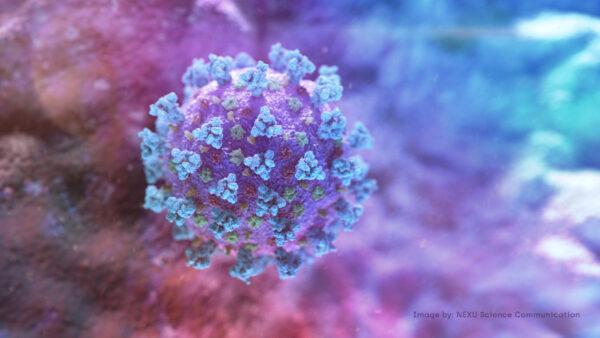
2020
Jan. 1:- A Hubei Provincial Health Commission official tells a genomics company to stop testing virus samples and to destroy all existing samples.
- Government-run Wuhan virology lab obtains the full virus genome. This information is not made public until seven days later.
- The PLA Naval University of Engineering in Wuhan, a military university, bans entry to visitors whose body temperature is over 100.4 degrees Fahrenheit, according to a leaked internal notice.
- Local police call in Li and reprimand him for “rumor-mongering.”
- The National Health Commission issues a notice to researchers to hand over virus samples to designated pathogen detection agencies or destroy them.
- Taiwan CDC starts monitoring all individuals who had travelled to Wuhan over the last 14 days in case they have illness symptoms.
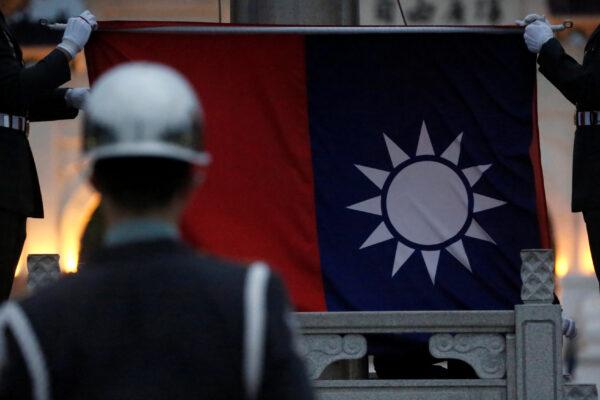
- Li contracts the virus while treating an infected patient. He later dies of the virus on Feb. 7.
- Chinese leader Xi Jinping gets involved in response by issuing the first containment order. This isn’t made public until February.
- WHO “advises against the application of any travel or trade restrictions on China.”
- Xu Jianguo, a lead expert in the response team, tells Chinese state media that researchers mapped the full virus sequence two days earlier, and believe it’s a new coronavirus.
- Chinese health authorities share the genome sequence with the WHO.
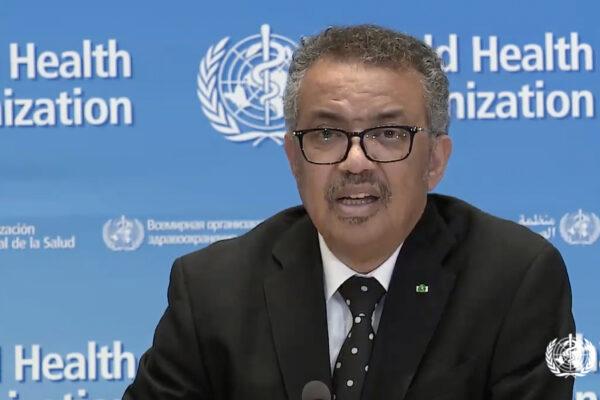
- Chinese health authorities share the genome sequence with WHO.
- Thailand confirms its first infection—a Chinese tourist who traveled from Wuhan—in the first known case outside China.
- The WHO says that Chinese authorities had found no clear evidence of human-to-human transmission. It also notes “limited human-to-human transmission, potentially among families” is possible.
- The first confirmed U.S. patient, a man from Washington state, returns from Wuhan.
- Chinese officials say that the risk of human-to-human infection is low.
- First case of infection reported in Taiwan. The government changes border control procedures. People travelling from high-risk areas undergo mandatory quarantine at home for 14 days. Government announces a ban on the export of face masks.
- Canadian Health Minister Patty Hajdu confirms there are no plans to impose travel restrictions on travellers from China.
- Canada announces passengers arriving at major airports will undergo additional questioning to find out if they have travelled to Wuhan. People showing symptoms are asked to voluntarily self-isolate for 14 days.
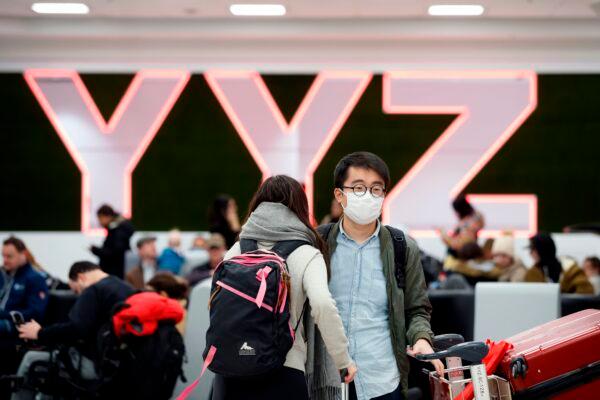
- Wuhan imposes a lockdown. By then, around 5 million people had left the city without being screened for the virus. A March study estimates 86 percent of all infections were undocumented prior to the Jan. 23 travel restrictions.
- Canada’s first case of infection is reported in a man in Toronto who had recently travelled to Wuhan.
- Authorities in Hubei Province say they will free up 100,000 hospital beds for patients.
- Wuhan Mayor Zhou Xianwang concedes that disclosures of the outbreak were not timely, but attempts to shift blame to the central government, saying he needed permission from higher-ups before releasing information.
- Beijing extends the New Year holiday to Feb. 2 and closes schools indefinitely.
- Taiwan combines individuals’ past 14-day travel history with their health card, enabling the tracking of individuals at high risk because of recent travel to affected areas.
- Taiwan requires all those travelling from China to go into mandatory quarantine.
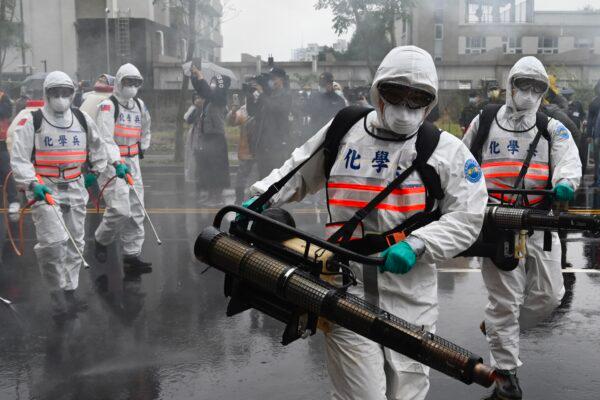
- The WHO declares the outbreak a global health emergency. WHO Director-General Tedros Adhanom Ghebreyesus says “WHO doesn’t recommend, and actually opposes, any restrictions for travel and trade or other measures against China,”while also praising China for its response to the outbreak.
- The United States declares a public health emergency, imposes travel restrictions on those who have been in China in the past 14 days.
- A spokesperson for Beijing’s foreign ministry praises Canada for not imposing travel restrictions on China, while rebuking the United States for its travel restrictions.
- In response to questions from opposition MPs on travel restrictions, Canada’s Chief Public Health officer Dr. Theresa Tam reiterates that “WHO advises against any kind of travel and trade restrictions.” She adds that “having measures that very negatively affect a certain country that’s trying very hard to do its best can impede whether this country in the future will ever share anything transparently with others. China posted the virus genome very quickly. What are they getting out of it? I think the idea is to support China.”
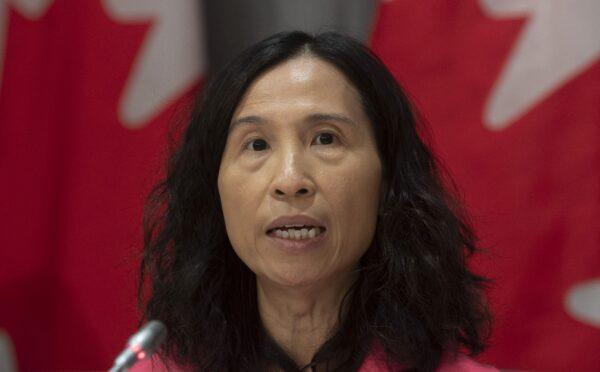
- Over 50 countries, including Taiwan, Australia, and the United States have announced travel restrictions on China.
- A Chinese spokesperson lashes out at countries restricting travel over the outbreak, saying “we deplore and oppose those countries who went against WHO’s professional recommendations.”
- Foreign Affairs Minister François-Philippe Champagne’s department announces that Canada has deployed 16 tonnes of personal protective equipment such as masks and gloves to China.
- Canada’s Health Minister Patty Hajdu says “China has been very open. Now some will say, ‘Were they open enough?’ and ‘How fast were they open?’ But what we know is that within a week or so they were letting the World Health Organization and therefore all of the partner countries know that they had an outbreak on their hands.”
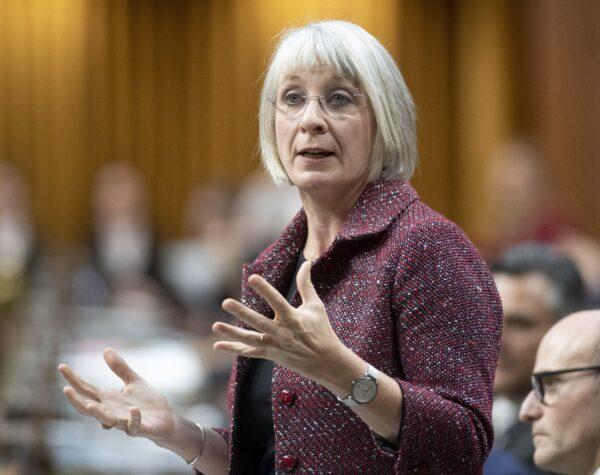
- WHO reiterates that it advises “against the application of travel or trade restrictions to countries experiencing COVID-19 outbreaks.”
- Ottawa announces that international flights will be limited to specific airports.
- Canadian Health Minister Patty Hajdu says, “Canadians think we can stop this at the border. But what we see is a global pandemic, which means that border measures are highly ineffective and, in some cases, can create harm. We see that in countries that had the worst expressions, the tightest borders.”
- Prime Minister Justin Trudeau says, “A number of weeks ago, in the beginnings, there was discussions on whether or not we should entirely close our borders to China the way the United States did. We did not, and we were able to manage it in a way that allowed for control and non-spread of the virus, that gives us confidence that our public health officials are giving us the right recommendations for Canada.”
- Canada severely restricts international flights, refusing entry to international visitors and allowing only Americans, diplomats, and flight crews.
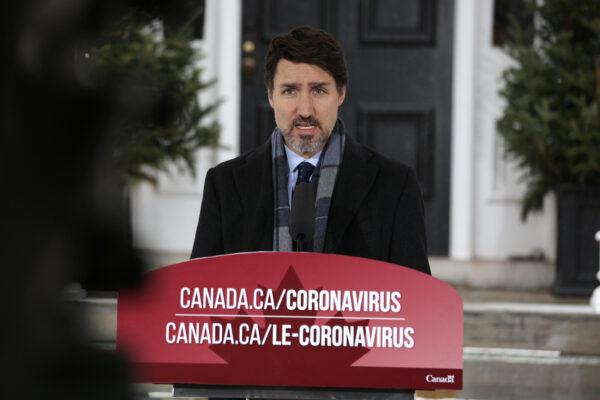
- Canada and United States announce the closure of the border to nonessential traffic.
- U.S. Secretary of State Mike Pompeo says the Chinese Communist Party covered up details about the virus outbreak, warning that a similar situation could unfold “if we don’t get to the bottom of this.”
- Ontario doctors and nurses report a shortage of personal protective equipment for health workers, calling it “an urgent priority.”
- Canada’s Health Minister Patty Hajdu says Ottawa has no reason to believe Beijing’s infection and death rates are falsified, and adds that Canada relies on WHO to coordinate the collection of data from various countries. When a reporter asks whether WHO’s numbers can be trusted if China’s aren’t reliable, she accuses the reporter of fuelling conspiracy theories.
- U.S. President Donald Trump criticizes the WHO for being “too China-centric,” and says the United States will withhold funding to WHO. “The W.H.O. really blew it. For some reason, funded largely by the United States, yet very China centric. We will be giving that a good look. Fortunately I rejected their advice on keeping our borders open to China early on. Why did they give us such a faulty recommendation?” Trump said in a tweet.





